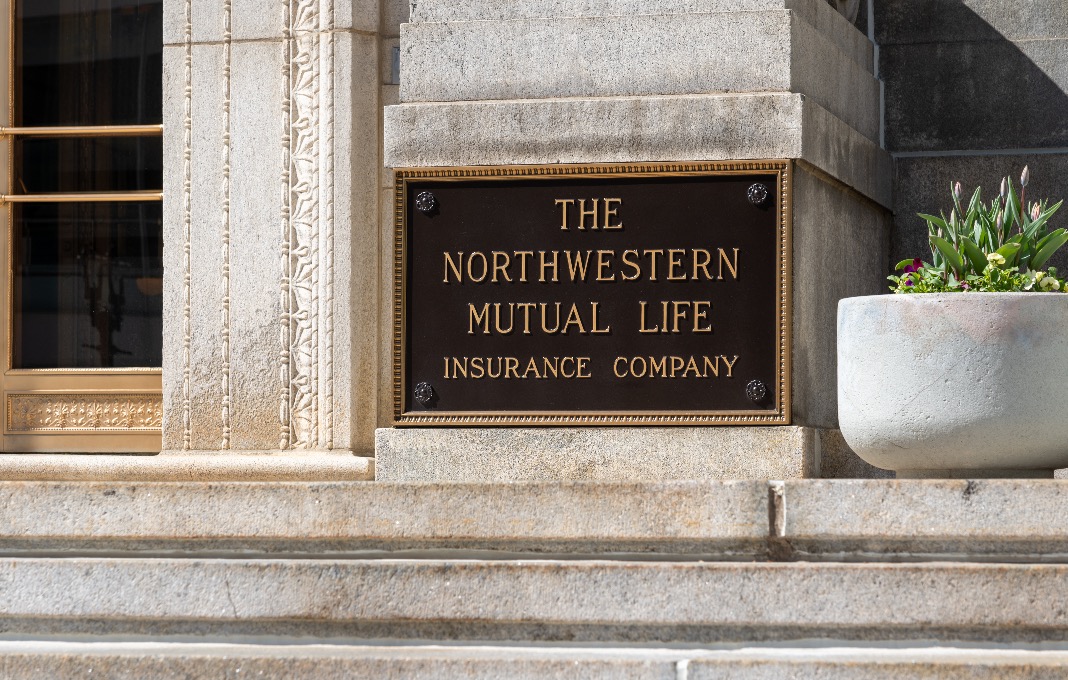
I had to un-learn some things to mature as a CEO.
I’m an entrepreneur by trade and temperament. But I look at risk as an investment: It’s a requisite cost of opportunity and innovation. You can’t innovate and lead a market if you won’t accept the risk that a new product or project might fail. That doesn’t mean that you should go all-in on every big idea, despite the “move fast and break things” mentality that’s ingrained in the tech industry. What many leaders fail to do when they’re opening the pocketbooks to place bets is assess how much they can afford to let ride, where precisely in the organization that risk exists, and what risk is actually appropriate to meet their goals. In today’s macroeconomic environment, assessing risk is top of mind for every executive.
In my early career, I was a product manager. Ask any product manager, and they’ll tell you that the concept of “prioritization” is at the very heart of what they do. And as a long-time product manager myself, prioritization is deeply embedded in my DNA. I have to do the most important thing first and not be distracted by the second thing or the third—until the No. 1 thing is done. But that doing-one-thing-at-a-time philosophy doesn’t work when you’re building a company that is growing and diversifying. Diversification, by definition, means working on multiple things simultaneously.
As a former product manager, I actually had to un-learn some things to mature as a CEO, especially as I developed our strategy to grow the business from $100M to $250M. I had to relax my one-thing-at-time mentality and evolve my conservative approach to risk-taking. I began to understand that Invoca’s success as a single product company was rare in the world of tech startups. I realized Invoca, too, needed to place more bets on the table. But I was determined to be smarter about those bets so that we wouldn’t fall into the throwing-spaghetti-at-the-wall-to-see-what-sticks mentality that plagues so many young companies.
I had to deal with some pain to get some gain.
Invoca’s growth reinforced my belief that you have to deal with some pain to get some gain. It’s similar to exercise and working out—you have to stretch and break down muscle tissue in order to build stronger muscles. It is admittedly uncomfortable in the moment, and you need to be careful not to stress your body to the point of injury—but you have to toe the line between being sore and putting yourself out of the game.
At Invoca, we took two significant risks back in May of 2021. On the same day that we internally closed a deal to acquire our competitor DialogTech, we also launched a new product line aimed at a different buyer than our flagship product. We began to put our new thinking into practice by assessing and embracing risk in new ways to help us grow.
We’ve always focused on efficiency and optimization at every step of our company’s lifecycle. As a single-product company, we knew how to compete in our market—AI-powered conversation intelligence—and we knew our marketing buyers well. We had built a clear leadership position in this category. However, our second product—based on the natural language processing (NLP) / conversational AI technology in our original offering—targets a very different buyer and use case: contact centers and multi-location businesses. Ironically, we had spent most of our history avoiding the contact center, because we were less familiar with more conservative buyers and the focus on cost reduction (versus growth). We generally found that sales cycles slowed when we engaged contact center teams.
But as we watched more emerging startups sell NLP-based solutions into contact centers, we made the decision to leverage our market-leading technology to go after this market. That said, we did it with a very different philosophy based on our risk assessment. Rather than working to maximize profitability and drive efficiency, as in our core market where we are leaders, our goals were to maximize learning and to nail product-market fit at a strategic level. Our core business financials were solid and predictable, so we made financial optimization secondary in our new market in order to prioritize gaining customer knowledge and setting ourselves up for long-term success.
I had to take on different kinds of risks.
We also took on a different kind of risk when we acquired DialogTech last year. As we were doing our due diligence, part of my calculus was to weigh the risk of winning customers competitively in the open market—which was a risk our sales and marketing teams would shoulder—versus the risk of acquiring those customers and then successfully moving them onto our platform. The latter route would put the risk squarely on our product, engineering and customer success teams. In the end, we acquired the company and balanced our risk, giving our sales and marketing teams more bandwidth to focus on our new contact center product.
The strategy is working well, as our teams are successfully transitioning more customers to the Invoca platform and these customers are expanding their use of the product—which is evidence that they are receiving more value.
In the early stages of a business, it’s natural to focus on great execution. Have you got the sales motion down? Are you doing the right things in marketing? But as the company grows, it’s useful to take more of an investment management approach that considers the company as a collection of assets and risks. We began to evaluate organizational health more carefully, the strengths of different parts of the company, and the capacity of various teams to take on risk in smart and measured ways.
Dialing up risk is about taking on multiple things at once. But it’s also about making the organization feel comfortable about not just doing more things, but doing more risky things. We coach the organization this way: “We’re gonna do some new things, and there is a greater likelihood that we’ll fail. But that’s OK, because if we don’t do those things, that is a form of risk in and of itself.” That’s a crucial concept to teach a growing company that needs to embrace risk in order to grow and compete over the long term.






































































